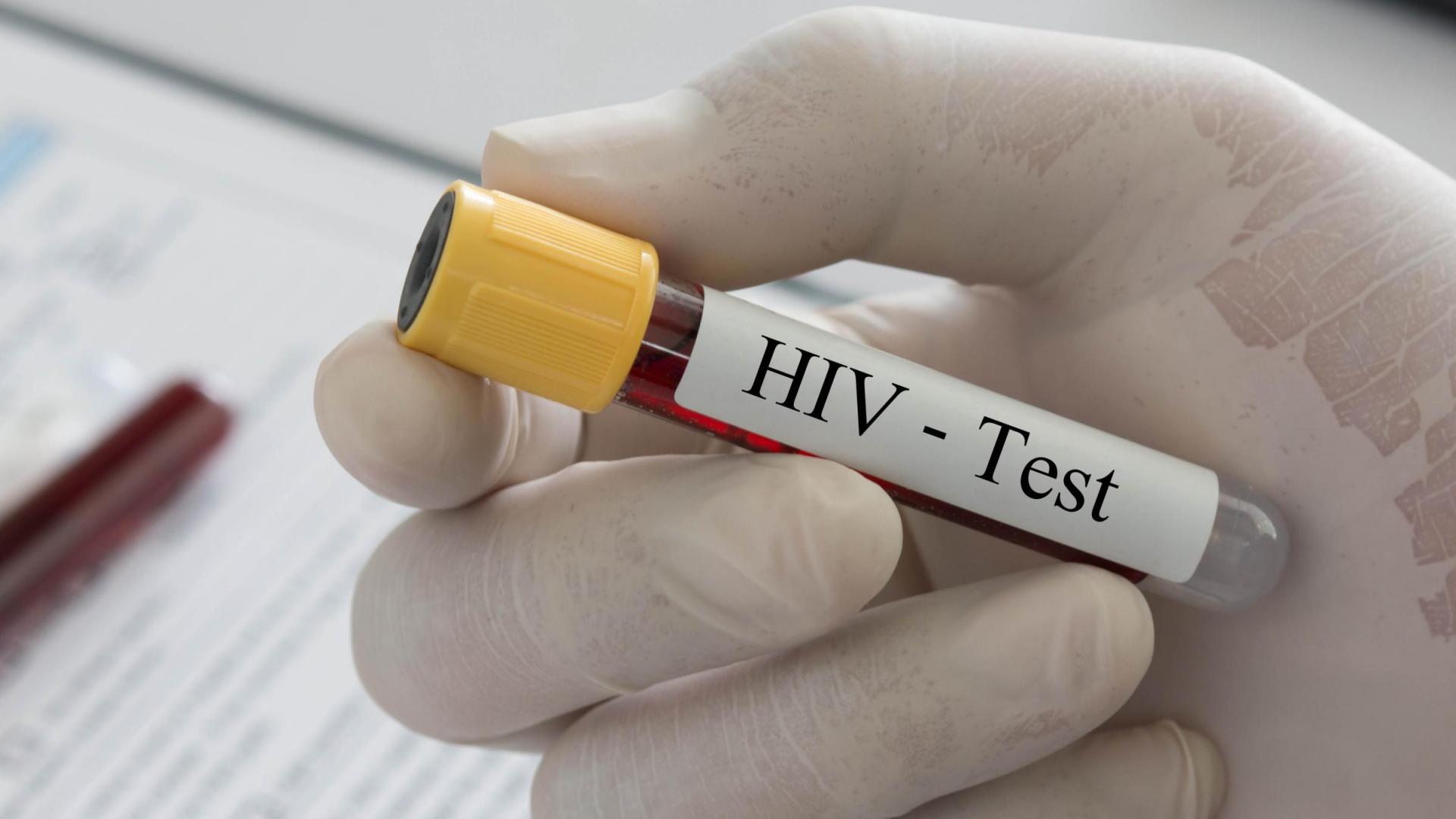As a result of the American people’s investment in HIV research, more than 30 highly effective medications—when used in appropriate combinations—are now available to enable people with HIV (PWH) to achieve durable suppression of the virus.
PWH who are durably suppressed have a negligible risk of transmitting HIV to their HIV-negative sexual partners, a benefit known as “treatment as prevention.” Furthermore, pre-exposure prophylaxis (PrEP) medication is highly effective in preventing HIV infection in those who use it correctly and consistently.
HIV research has changed the trajectory of the pandemic, but has not yet stopped its progression. In the United States, there are approximately 1.2 million People With HIV and 108 diagnoses of HIV are made daily. Unequal access exists among various populations and in different parts of the country.
Only slightly more than half (53%) of the nearly 37 million PWH globally are on antiretroviral therapy (ART).
Office of AIDS Research
The NIH Office of AIDS Research (OAR) coordinates the federal government’s investment in HIV/AIDS research. OAR supports HIV research across nearly every NIH Institute and Center to advance scientific knowledge and help PWH live longer, more productive lives.
OAR supports a broad research portfolio—including research to reduce the incidence of HIV; development of new therapies; research towards a cure; basic and social sciences research; and investigations to address coinfections, comorbidities, and complications faced by PWH.
OAR allocates funds to maximize the impact of the HIV investment and encourages collaboration across disciplines and among scientists. OAR works with researchers, nongovernmental organizations, People With HIV, and other stakeholders to establish research priorities and advance an agenda that meets the challenges of a changing pandemic.
This Professional Judgment Budget proposal outlines several areas where additional support will enable us to address critical gaps as we move toward an end to the pandemic.
An estimated 1.8 million new HIV infections occur annually worldwide. Reaching all those at risk with effective prevention and all those needing lifelong treatment has proven challenging with available tools.
UNAIDS estimates that $350 billion would be needed to implement an effective HIV prevention and treatment response in low- and middle-income countries from 2016 to 20301
alone.
Source: NATIONAL INSTITUTES OF HEALTH





